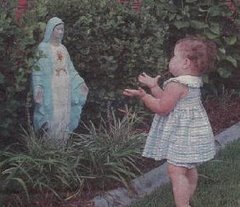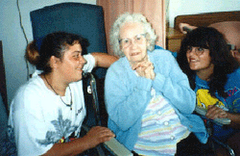· Continual movement and change
· Complete personal emancipation
· Uncontrolled feelings of the heart
 Modernists had enough influence by the early 1960s that they assumed control of Vatican II and almost all its implementation in local Churches. Consequently, the documents of Vatican II were written in the Modernist language of mixed meanings, and allowed Vatican II to be implemented as a Modernist council.
Modernists had enough influence by the early 1960s that they assumed control of Vatican II and almost all its implementation in local Churches. Consequently, the documents of Vatican II were written in the Modernist language of mixed meanings, and allowed Vatican II to be implemented as a Modernist council.
The Great Catholic Retreat is noted for departures from orthodoxy and Catholic practices, and by a significant loss of priests, religious, and laymen and women. The Retreat began during Vatican II, with the worst effects being felt in a 30-year period from the late 1960’s through the late 1990’s. Historians of today (2098) continue to explore how and why this council and its implementation resulted in severely declining statistics of Church religious members and a drastic weakening in religious belief and practice.









No comments:
Post a Comment